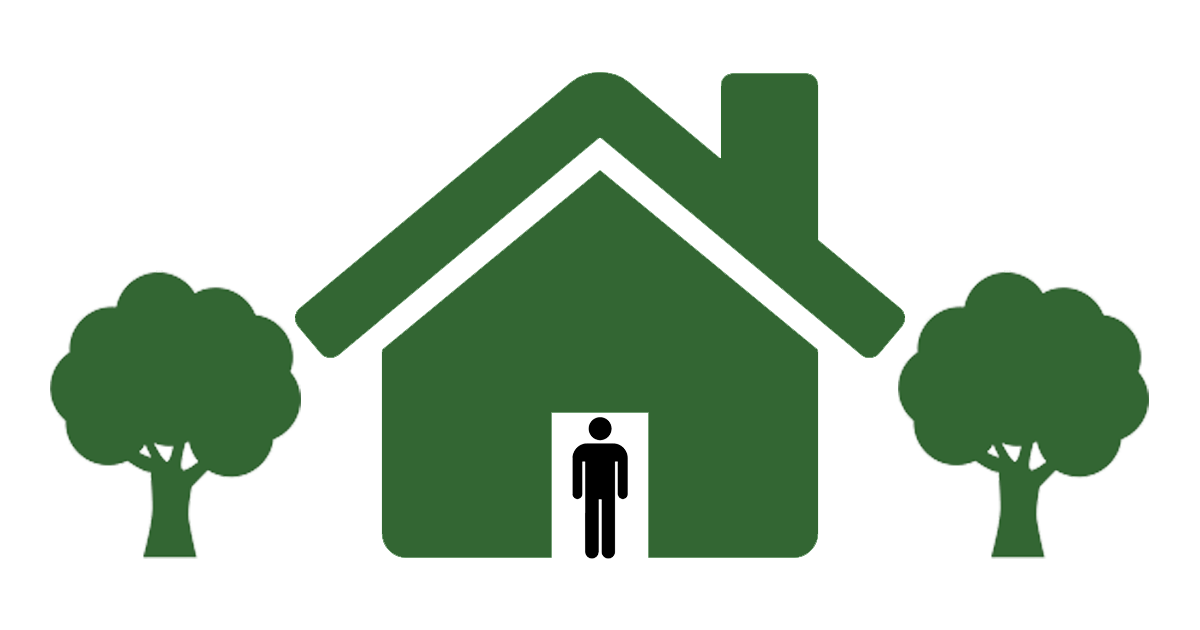January 15, 2014 at 5:50 am CST
Is your city ready for retiring baby boomers? After all, 10,000 of them a day are turning 65. But if your city isn’t ready for them to all retire, that might be OK. Many baby boomers, even those reaching age 65, aren’t actually retiring. New data from the Bureau of Labor Statistics suggests that the number of seniors in the workforce will continue to rise in coming years. What’s going on? Why would anyone choose to put off retirement? There’s a lot of golfing to be done and tennis to be played, right?
First off, here are the stats: The percentage of seniors (aged 65 and up) in the workforce is projected to double from 11.5 percent in 1992 to 23 percent in 2022. For those 75 and older, the participation rate more than doubles to 10.5 percent. Overall, the rate for people over 55 is set to climb to 41.5 percent from just 30 percent in 1992.
Labor participation rates by age. Graphic courtesy Pew Research
On the other end of the spectrum, the share of younger people in the workforce has been on a steady decline.
Why all the change?
For the most part, the changes at the younger end can be explained by increased time spent in school for many demographics. As the rates of people in college and grad school have increased, it means they’re less likely to be in the workforce during those years. Couple that with recent recessionary changes (harder to find work) and you get a falling rate.
On the older end we’re seeing boomers who don’t want to, or can’t, retire. Some choose to keep their careers going as part of a continued active lifestyle. Some saw their home values and retirement funds hit hard by the recession at exactly the wrong moment. They might have to continue working in order to rebuild some of the equity they lost. Couple that with the trend toward “ retiring in place ” and many cities are going to be looking at both an aging population and an aging workforce – one which they might not have planned for.
So what can cities do? The first step is simply recognizing that these shifts are happening and will continue happening. Then start asking questions. How does this change commuting and parking? How does it change the retail/office mix? What zoning will need to change to accommodate more accessibility in work spaces? What will this do to income and sales taxes that help fund community programs? What continuing education programs could the city offer to help an aging workforce keep its skills up to date?
These aren’t simple questions to answer. Of course, asking the community what their needs are often helps. Engage the residents, make small changes and keep adapting to the specific trends in your community.
This was originally posted on Livability.com, home of the Top 100 Best Places to Live rankings. Copyright Journal Communications Inc. Reprinted with permission.
